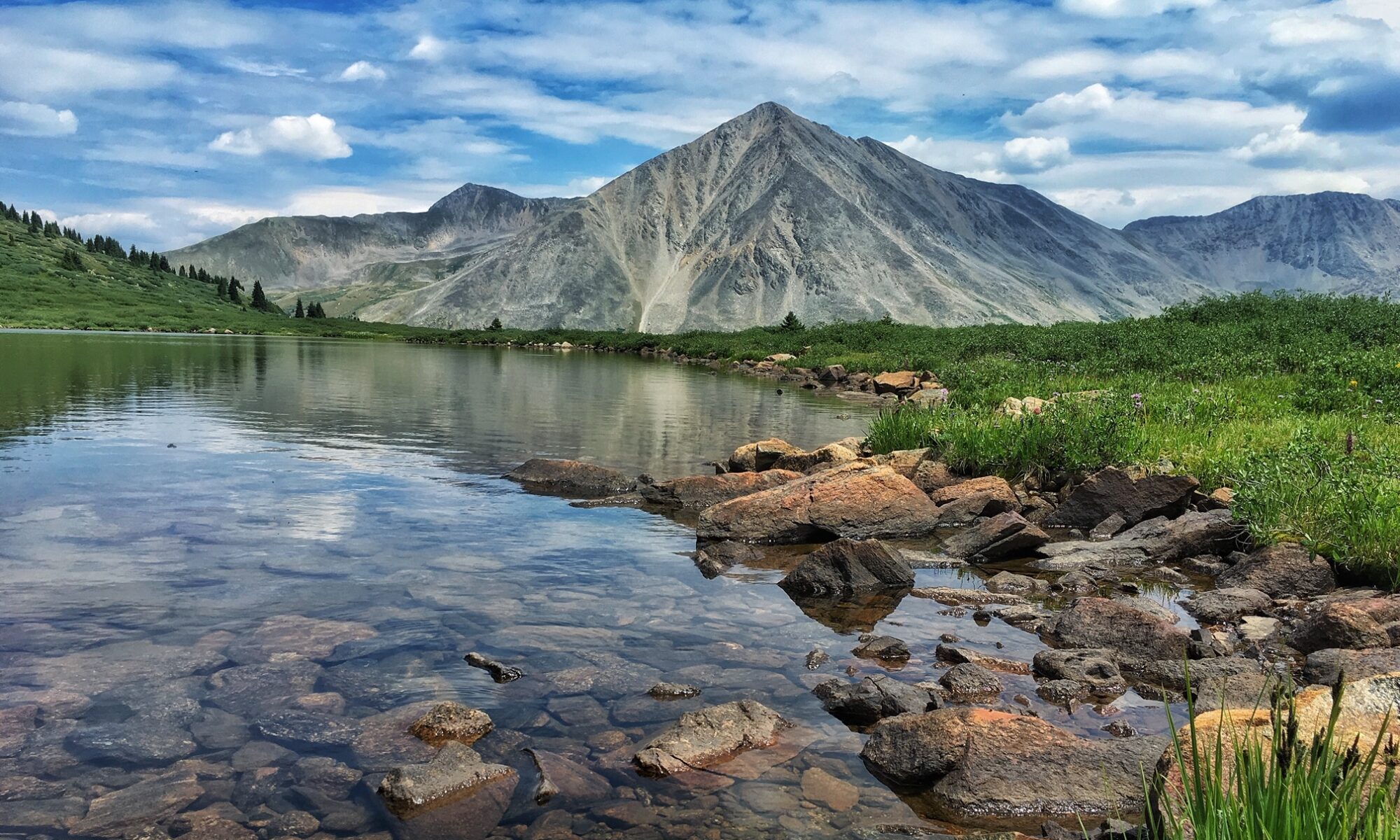Fly fishing platitudes are platitudes for a reason. There’s some truth to every platitude, and here’s a common one: “Trout do 80% of their feeding underwater.” We’ve repeated this platitude often over the years. In a recent issue of TROUT magazine, a publication of Trout Unlimited, Tom Rosenbauer labels that platitude a “trout myth.” In this episode, we discuss seven points that Rosenbauer makes in the article and apply them to our fly fishing experience.
Fly Fishing Platitudes about a Trout’s Diet
“THE FLY FISHER’S BOOK OF LISTS” – KINDLE VERSION, FOR ONLY $6.97
Fly fishing is a lot more than simply learning how to cast. For example, learning how to read water is another of the most elemental aspects of fly fishing.
There are thousands of techniques and hacks that can help you catch more fish.
Often, it’s the little things that make a big difference, increasing your enjoyment of the sport.
“The Fly Fisher’s Book of Lists” is a must-read for folks who prefer to scan lists and find new ways to catch more fish. Read one list, and, like a handful of peanuts, you won’t be able to stop at one.
Visit Amazon to buy your copy today!
WOULD YOU REFER OUR FLY FISHING PODCAST?
We would love a referral from you, because referrals are how we grow.
Simply mention our podcast to your TU chapter or fly fishing club or even local fly shop.
If you are a nonprofit, serving the outdoors community, you have our permission to reprint our content in your online or print newsletter with the appropriate credit and links.
Thank you for your trust. And now, start to plan your next day on the water!







